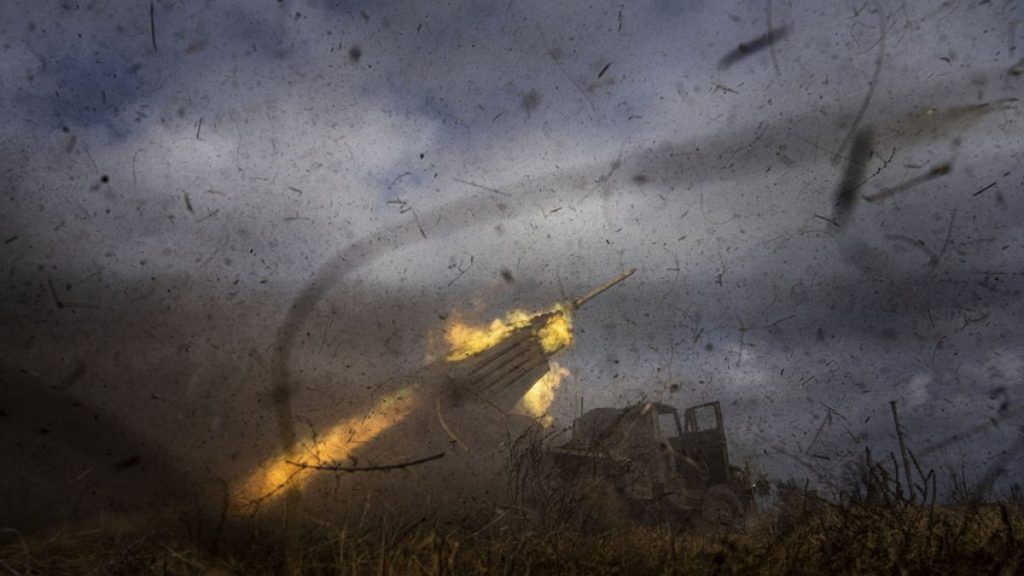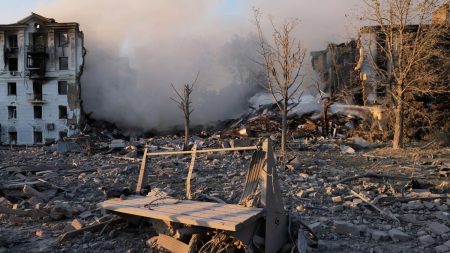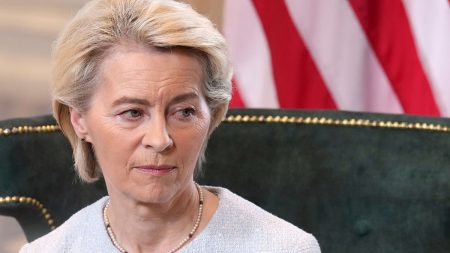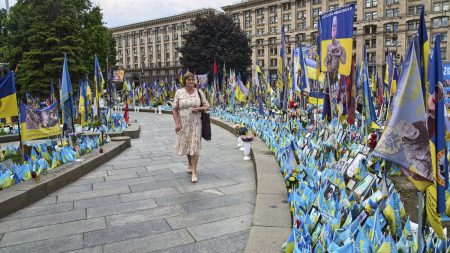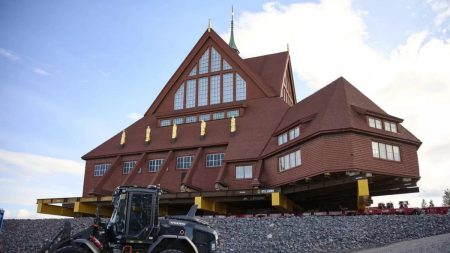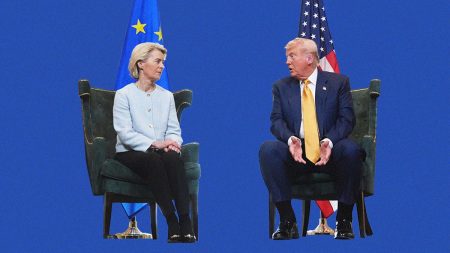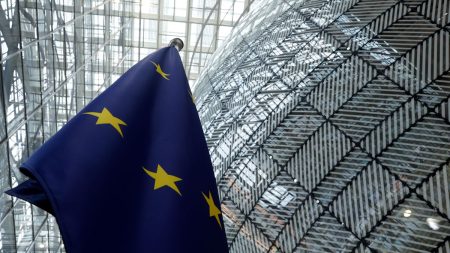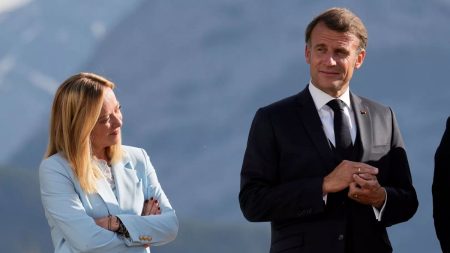Ukraine is currently under significant strain along its 1,000-kilometer frontline as Russian forces continue to apply pressure through recent advances in critical areas, notably near Kupiansk, Toretsk, Pokrovsk, and Velyka Novosilka. According to the Institute for the Study of War, a U.S.-based think tank, these geographical points are essential for maintaining logistics for the Ukrainian military. Amid these developments, Ukraine’s air force reported a series of Russian drone strikes, primarily targeting the regions of Kyiv, Cherkasy, Kirovohrad, Dnipropetrovsk, and Kherson, with most drones successfully intercepted. However, the ongoing conflict sees both sides exchanging aerial fire, as Russian defense systems claim to have downed 11 Ukrainian drones, and incidents of drone disruption were also reported in Russian territories.
NATO’s support for Ukraine remains critical, particularly as military aid and strategic discussions are set to dominate the agenda at an upcoming foreign ministers’ gathering in Brussels on December 3rd. The new NATO Secretary General, Mark Rutte, stressed the need for the alliance to enhance its backing for Ukraine during this complex military situation. The focus on military assistance is spurred by the escalating need for Ukraine to effectively counter Russian aggression, and discussions of ways to bring an end to the conflict appear to be gaining momentum within NATO circles.
This complex situation is further complicated by uncertainties regarding the foreign policy approach of President-elect Donald Trump. Despite his assertive claims during the campaign, promising a swift resolution to the crisis, Trump has yet to outline a clear strategy for accomplishing this goal. His appointment of Keith Kellogg, a retired general, as a special envoy indicates a push towards a resolute diplomatic approach to reach a peace agreement. However, Trump’s hesitance to fully lend unwavering support to Ukraine during discussions creates apprehension about the reliability of U.S. backing in future negotiations, as concerns about possible unfavorable terms for Kyiv loom large.
In response to the intensifying conflict and challenges on the battlefield, Ukrainian President Volodymyr Zelensky recently announced notable changes to military leadership designed to enhance Ukraine’s defense capabilities. General Mykhailo Drapatyi, previously renowned for his leadership during the defense of Kharkiv, has been appointed the new head of Ukraine’s Ground Forces. Alongside him, Oleh Apostol takes on the role of Deputy Commander-in-Chief, signifying a strategic shift intended to bolster military training and operational effectiveness. These leadership changes reflect Ukraine’s urgent need for effective command amidst growing Russian offensives.
Furthermore, Commander-in-Chief Oleksandr Syrskyi emphasized the importance of reinforcements, announcing planned enhancements to military units stationed in critical areas like Donetsk, Pokrovsk, and Kurakhove. This initiative aims to ensure these units are well-equipped with additional reserves, weapons, and military equipment in anticipation of continued hostilities. The directives signal a proactive response amid increasing Russian military activity and highlight Ukraine’s commitment to fortifying its defensive positions during an unpredictable and evolving conflict.
In summary, as Ukraine navigates the complexities of its ongoing war, the convergence of military developments, international dynamics, and domestic leadership changes underscores the delicate balance of power in the region. With both NATO’s support and uncertain political transitions in key global players, the situation remains fluid. The evolution of the conflict, alongside strategic decisions made by Ukraine’s military leadership, will likely shape the trajectory of its struggle against Russian advances, making the coming weeks and months critical in determining the region’s future stability.




